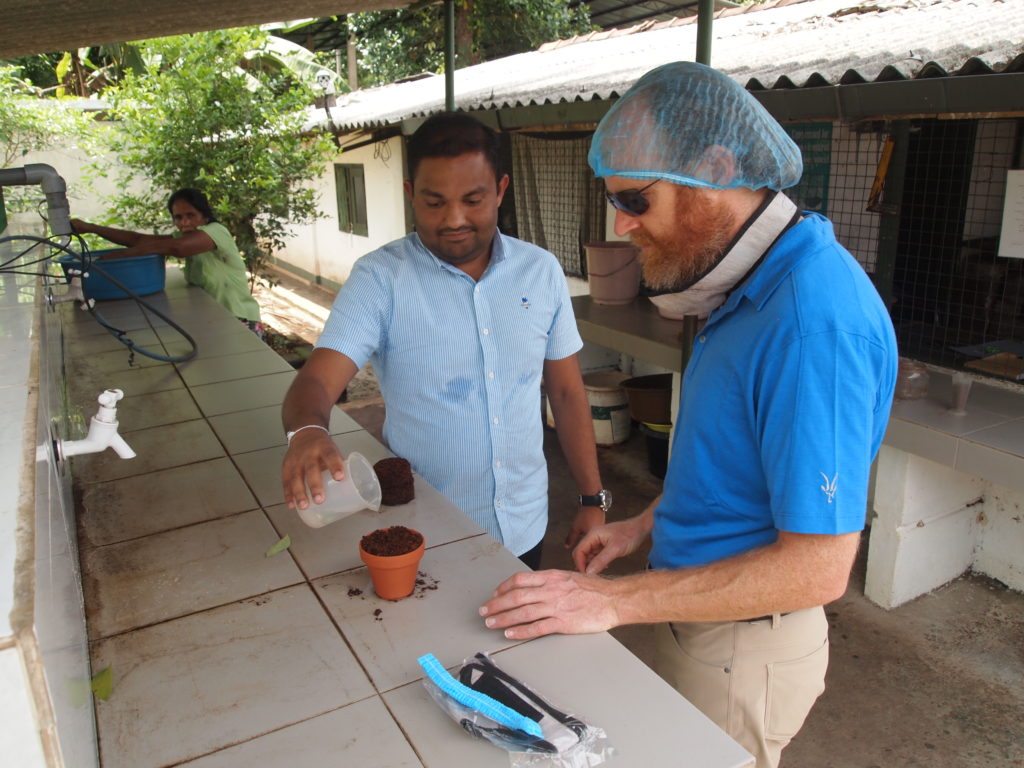
Gardeners use coco coir — husk from a coconut’s inner shell — for a variety of reasons. One of coco coir’s biggest benefits, however, is the way it interacts with water. These watering tips will help you get the most out of your product.
Water and Coco Coir
Because the fibers used to create coco coir are very durable, they can be immersed in water without suffering damage. As such, this material is becoming very popular for use in hydroponic gardening systems. Also, coco coir can absorb a great deal of water for a longer period than other materials. It’s not only beneficial for holding water but also for aeration and drainage. It can release water slowly over time to help the crops you’re growing remained hydrated and healthy. Overall, it’s a very versatile fiber to use as a growing medium.
Watering Tips
Here are a few watering tips you can use to get the most out of the natural relationship between water and coconut coir.
When first using coco coir, let it absorb as much water as it needs. Place it in a soaking container that’s large enough for it to expand. For instance, a coco coir brick that’s about a third of a cubic foot will fit in a bucket, while a full bale will need a much larger container, such as a full-sized garbage can or a kiddie pool. Soak the coco coir in this manner for about 15 minutes before using it.
If you notice that a brick of coco coir doesn’t absorb water very well or fails to expand, there might be an issue with the way it was produced or stored. Because you might not get all of the benefits out of this coir, you might want to use a different batch.
Don’t get rid of unused coir. If you cover the material properly, you can store it for several years and still retain its water-loving properties. Even used coco coir can rehydrate easier than substrates such as peat. Keep this in mind if you accidentally allow your coir to dry out completely.
You’ll need to perform coco coir watering every one to two days, depending on what you’re growing. Feel the material with your fingers to see how dry it has become since the last time you watered it to determine if it’s time to water again. Don’t allow the coir to dry out completely, as this can leave your delicate plants without necessary hydration.
Nutrients can build up in the coconut coir in the same manner that water gets trapped in it. Thus, flush it occasionally by watering enough that you see runoff out of the bottom of the pot. This will help prevent a condition called nutrient burn from impacting your crops.
These watering tips will help you keep your garden healthy by taking advantage of how coir interacts naturally with water. It’s one of the most beneficial parts of using coco coir while gardening.

Leave a Reply
You must be logged in to post a comment.